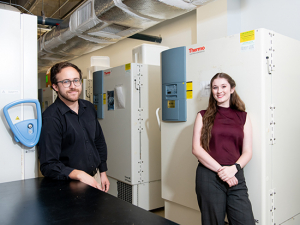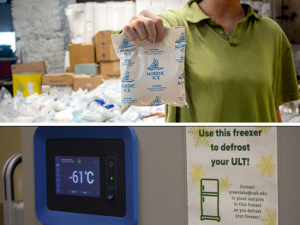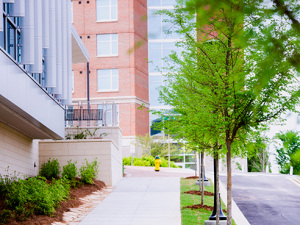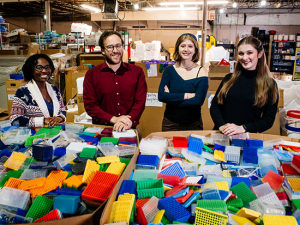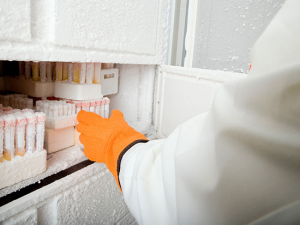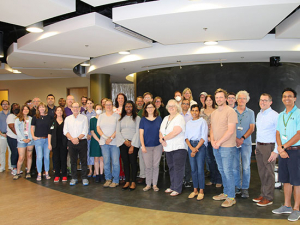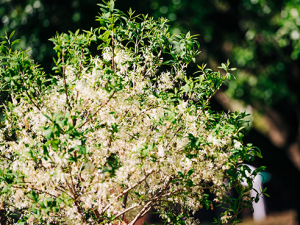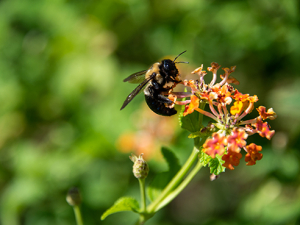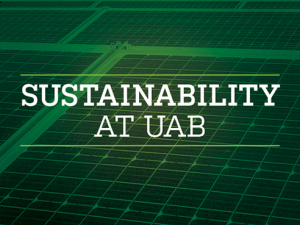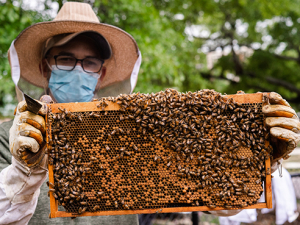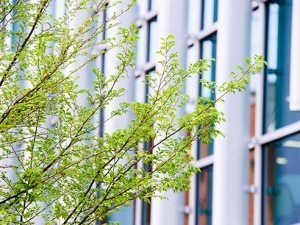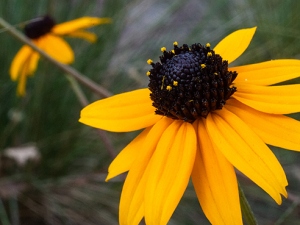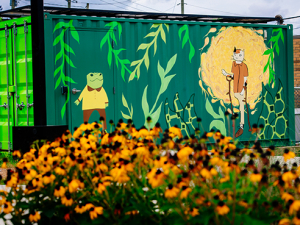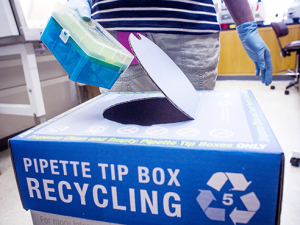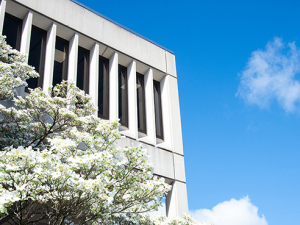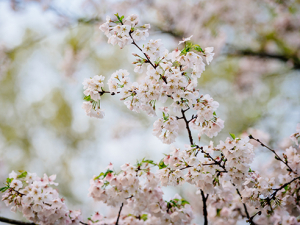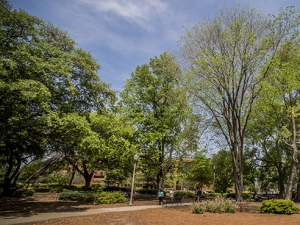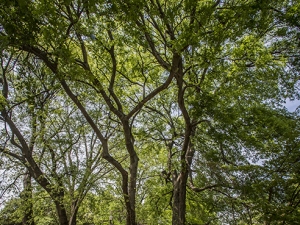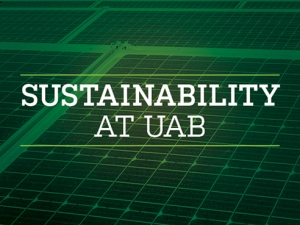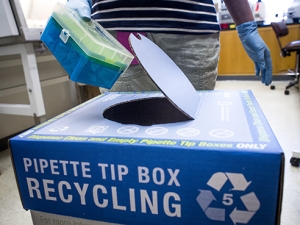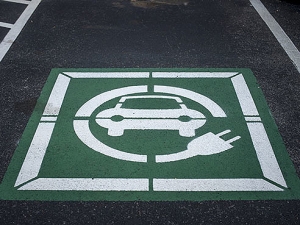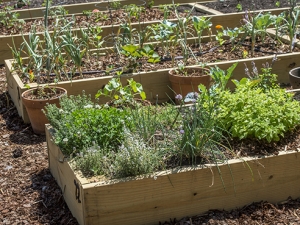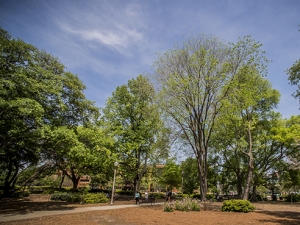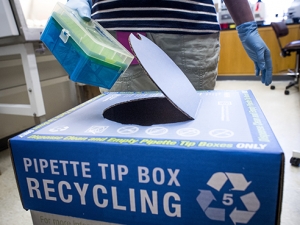|
As part of the inventory of UAB’s 4,000-plus trees, each one has been assessed for value, based on age and location. Use this specialized Google Map, created by the UAB Reporter, to find the most treasured trees on campus.] |
As part of the inventory of UAB’s 4,000-plus trees, each one has been assessed for value, based on age and location. Use this specialized Google Map, created by the UAB Reporter, to find the most treasured trees on campus.
Still deciding how to give back this year? Consider a gift to UAB’s Tree Fund, which helps maintain tree diversity, replace damaged or diseased trees and add to the overall tree population on campus.
UAB’s campus is home to more than 4,000 trees, and the university is dedicated to preserving tree growth on campus and has a preservation process to accommodate campus construction. The UAB Facilities Division created a process to evaluate the trees and estimate their worth; if a tree or group of trees must be removed during construction, new trees equal to the value of those removed must be planted at the site or the equivalent dollar amount added to the Tree Fund.
Such dedication to campus’ trees has earned UAB the Tree Campus USA designation four years running.
“It’s easy to take our trees for granted, especially when we live, work and play in an urban environment like downtown Birmingham,” said Julie Price, manager of UAB Sustainability. “At UAB, we don’t want to forget the role trees play in keeping our environment and people healthy, and the Tree Fund helps us prioritize that.”
As part of UAB’s Sustainability Strategic Plan, UAB is committed to larger, more extensive sustainability changes during the coming years, Price said. The UAB Tree Fund plays a big role in that. According to Price, a single tree can generate $31,250 worth of air pollution control, recycle $38,000 worth of water and control $31,500 worth of soil erosion.
As UAB approaches its 50th anniversary next year, estimates are that its trees will have provided $125 million worth of air-pollution control, $126 million in soil-erosion control and recycled at least $152 million worth of water.

